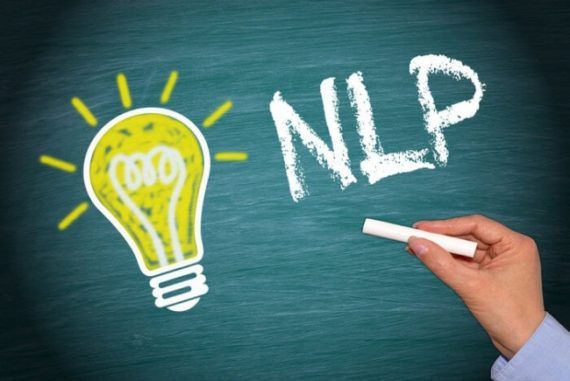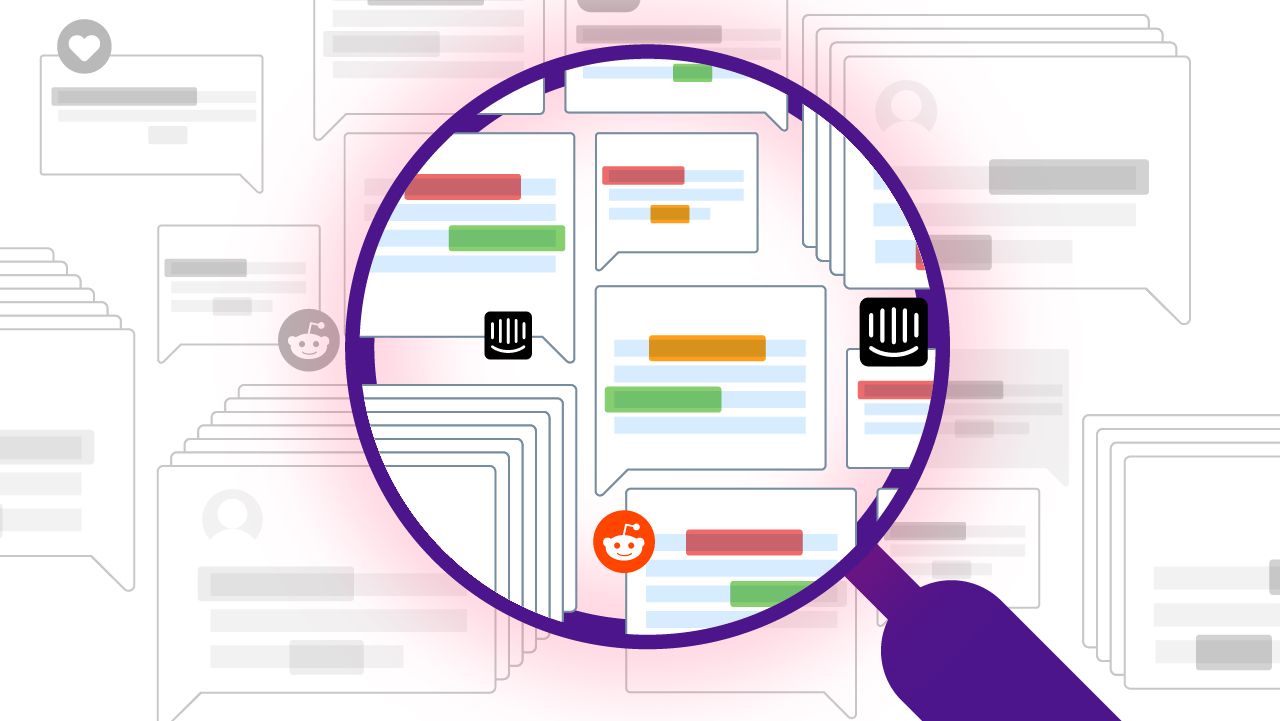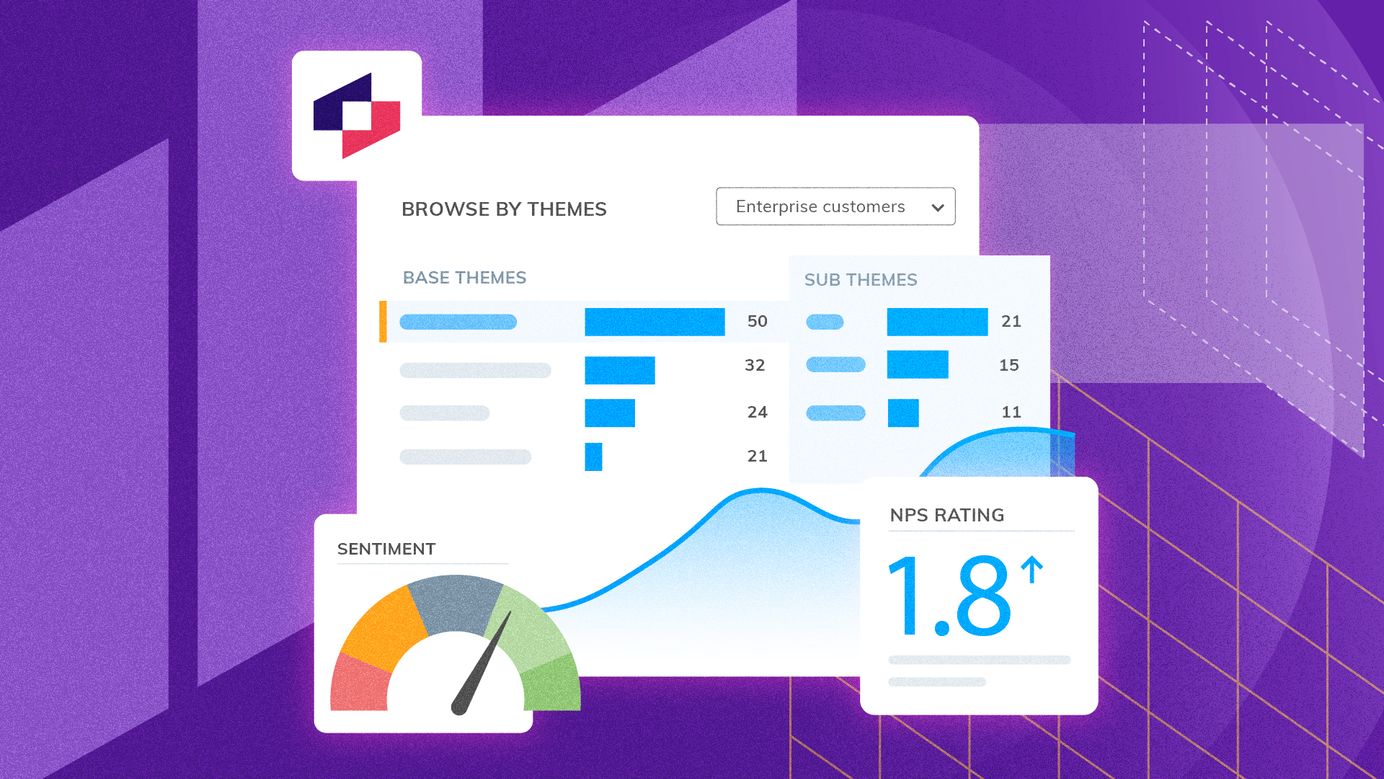
Top 3 reasons why most NLP fails
Understanding customer comments, on a large scale, needs to be automated. So, it requires Natural Language Processing (NLP) or Text Analytics. Unfortunately, most open-source NLP tools were developed on text researchers have easy access to. These are typically news articles, research papers and movie reviews. I learned that the analysis of customer comments is quite different, and here is why.
1. Customer comments are messy
What people share with companies in free-text is extremely messy. There are no regular sentences, no attention to white space, misspellings, abbreviations, autocomplete errors etc. In open-ended questions in a survey, many write meaningless idk (I don’t know), nothing specific, all good, yes, p, – etc.
2. Customer comments are diverse
There are many people who just comment on one thing, e.g. too expensive. But just as many like to list various aspects. For example, let’s take this sample sentence.
He made a painfully long process bearable with regular touchpoint.
It relates to several issues at once. It describes dealing with the company process overall as negative. And, it describes the respective customer support person and their communication as positive. Complaints are particularly lengthy with stories explaining in detail what went wrong.
3. Customer comments are hard to interpret
Often, capturing themes is hard. Let’s say, a customer says:
She made me feel as if she really had time for me.
How would one categorise this? Even a person reading this would spend a lot of time linking this aspect of customer service with similar ones that may appear in the customer responses.
So, understanding customer comments is fascinatingly difficult. One size does not fit all when it comes to NLP. Therefore, each type of text requires a different approach. And, because most open-source NLP packages (or NLP APIs for that matter!) were developed on grammatically correct and uniform text, they often fail on customer comments.
If you work in a Voice of Customer role and need to make sense of your customer’s comments, don’t trust those who claim it’s a piece of cake. It’s not as easy as plugging in a library.
Stay up to date with the latest
Join the newsletter to receive the latest updates in your inbox.




